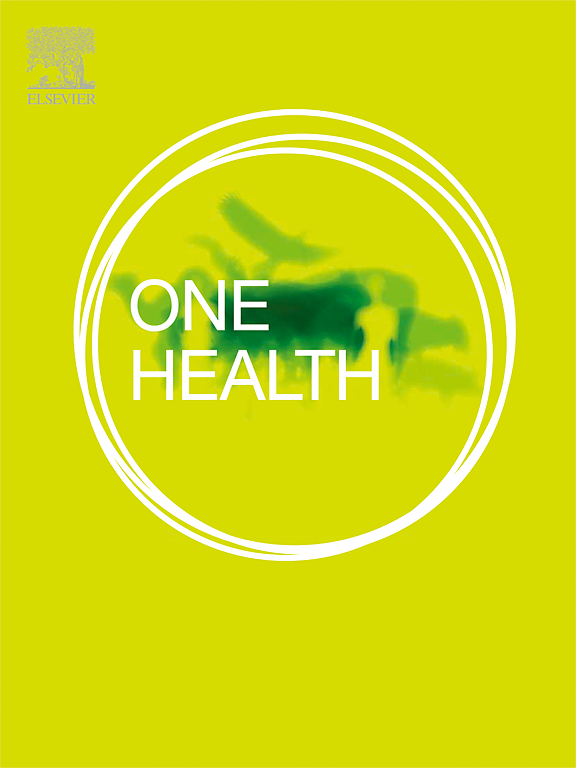Prevalence of bacterial contamination on wild meat processing and cooking surfaces in rural Cameroon
IF 4.1
2区 医学
Q1 INFECTIOUS DISEASES
引用次数: 0
Abstract
The transmission of food-borne pathogens from wildlife to humans presents a significant public health challenge. The recent COVID-19 pandemic has highlighted the critical need to enhance our understanding of wild animals' role in transmitting infectious diseases. The handling and consumption of wild meat carry inherent risks of contracting foodborne illnesses. We analysed the prevalence of bacterial pathogens encountered in wild meat processing in four villages in southern Cameroon, highlighting the critical role of hygienic practices in preventing disease. We collected 100 samples from various utensils and surfaces involved in wild meat preparation and assessed them for bacterial contamination. We isolated 577 bacterial strains, of which 154 (27 %) were pathogenic, with a high prevalence (75 %) of pathogenic bacteria on commonly used utensils, with cooking pots identified as significant reservoirs of bacteria. Antimicrobial resistance among the order Enterobacteriales included high levels of resistance to ampicillin, amoxicillin-clavulanic acid, ciprofloxacin, cotrimoxazole, and gentamicin. The study also explores the impact of cleaning practices, the materials of cooking utensils, and the potential economic consequences of foodborne illnesses. The results underscore the urgent need for improved sanitation measures and provide insights into the health risks posed by wild meat consumption. They also serve as a foundation for comparative studies and the development of region-specific interventions. Following safe handling and cooking guidelines is critical to safeguarding public health and mitigating the risks associated with food-borne diseases, particularly in regions where wild meat is a significant part of the diet. Our results reinforce the need to implement the Standard Operating Procedures (SOP) recently approved by the Ministry of Livestock, Fisheries and Animal Industries of Cameroon, providing comprehensive guidelines for safe handling, preparing and consuming wild meat.
求助全文
约1分钟内获得全文
求助全文
来源期刊

One Health
Medicine-Infectious Diseases
CiteScore
8.10
自引率
4.00%
发文量
95
审稿时长
18 weeks
期刊介绍:
One Health - a Gold Open Access journal.
The mission of One Health is to provide a platform for rapid communication of high quality scientific knowledge on inter- and intra-species pathogen transmission, bringing together leading experts in virology, bacteriology, parasitology, mycology, vectors and vector-borne diseases, tropical health, veterinary sciences, pathology, immunology, food safety, mathematical modelling, epidemiology, public health research and emergency preparedness. As a Gold Open Access journal, a fee is payable on acceptance of the paper. Please see the Guide for Authors for more information.
Submissions to the following categories are welcome:
Virology,
Bacteriology,
Parasitology,
Mycology,
Vectors and vector-borne diseases,
Co-infections and co-morbidities,
Disease spatial surveillance,
Modelling,
Tropical Health,
Discovery,
Ecosystem Health,
Public Health.
 求助内容:
求助内容: 应助结果提醒方式:
应助结果提醒方式:


